Workplace Emergency: Learn How To Create A Response Plan
When a workplace emergency happens, it’s always sudden and without warning. An example is the incident of collapsed buildings with construction site employees trapped inside the building, leading to injuries and casualties.
A plan for emergency response could have prevented deaths. Emergency response and evacuation plans are essential for any workplace. Organizations should have a plan to ensure the employees are safe and help them know how to act in an emergency.
We will help you think through what kinds of emergencies might happen at work and how to keep your employees safe throughout the process.
Related: Workplace Ergonomics: The Complete Guide
What is a workplace emergency?
A workplace emergency is any unplanned event that can cause injury to workers, damage to property or the environment, or threaten your business operations. A severe workplace emergency results in death or injury and requires an evacuation from a building (s).
The severity of a workplace emergency can range from minor injuries, such as skin burns, to incidents with significant consequences, such as explosions and chemical spills.
Related: 11 ways to combat sleepiness at work
Why prepare for workplace emergencies?
One of your duties as an employer is to keep your workplace safe for your employees. Businesses with emergency plans in place have lower injury rates than those that do not. In addition, institutions with emergency plans will recover quickly from damage and resume operations.
Common types of emergencies
There are many types of workplace emergencies, but here are some common examples:
- Explosion
- Fire
- Flooding
- Violent intruders (including active shooters)
- Terrorist attack (such as a bomb threat)
- Hazmat incident (hazardous materials)
- Power outage
- Earthquake
Related: 9 mistakes you companies make as regards workplace safety
How do you establish workplace emergency evacuation plans?
Establishing emergency routes and exits is easy when you think about how you would escape from work in an emergency. Having escape routes pre-planned reduces confusion during emergencies. So how do you establish them?
- Employees need to know where the nearest exits are in case of an emergency, so make sure your workplace has clear maps posted on walls or by doors. If possible, include details about what other employees should do at each stage of an evacuation (such as reporting injuries).
- Emergency exits are usually clearly marked and may have an alarm bell or light.
- Ensure that all staff knows what role they play and where they need to go in an emergency.
Related: 8 Ways To Heal If You Experience Workplace Sexual Harassment
Six (6) ways to create an Emergency Response Plan
A simple emergency action plan (EAP) will help you respond to almost any situation you may encounter at work. With just these six steps, you can establish an emergency plan that’s easy enough for all employees to understand.
- Conduct regular drills and fire training: Every workplace should have a routine to check for potential hazards, such as electrical issues or unsafe storage. You can also use these opportunities to practice evacuation procedures.
- Provide first aid kits in multiple locations: Make sure your first aid kit contains supplies that will help you treat minor burns and cuts until professional medical attention arrives.
- Create a detailed plan: Having an emergency response plan makes it easier for everyone on staff, including executives. Include exit routes in this document; it should also explain the building layout in case of spills from hazardous materials.
- Know who handles what: When an emergency occurs, you must put people in roles. If a fire breaks out, someone needs to alert security and evacuate people from the building. If your business deals with hazardous materials or toxic chemicals, someone should turn off all potential ignition sources.
- Review your workplace emergency plan often: Emergencies can strike without warning. Companies of all sizes need to review their emergency plans at least twice annually. If your business is in multiple locations, review your plans even more frequently (at least quarterly). It allows you to update your action steps.
- Partner with an occupational health expert: Formalizing your workplace emergency plans with help from an occupational health expert is a way to ensure safety in all areas. An occupational health professional can check and guide building layout, equipment selection, and employee training. They can also offer their expertise on hazardous materials and chemicals present in your company or industry.
Related: Drug Abuse In The Workplace: The Consequences And How To Manage It
Related: How to keep your employees healthy through workplace exercise programs
How To Identify Hazards In Your Workplace And Avoid Them
